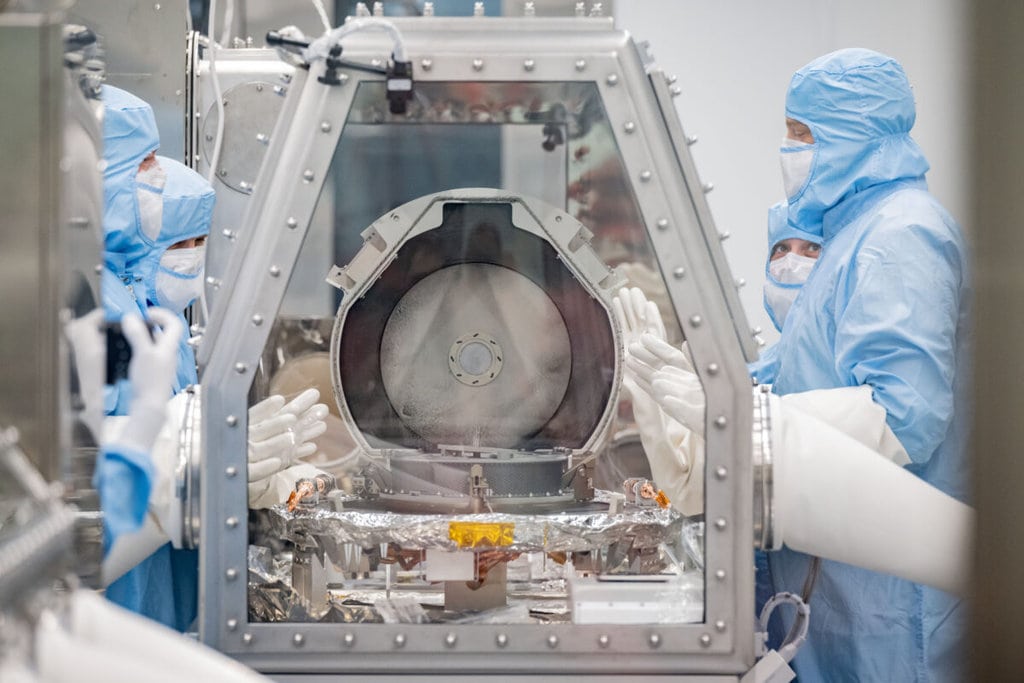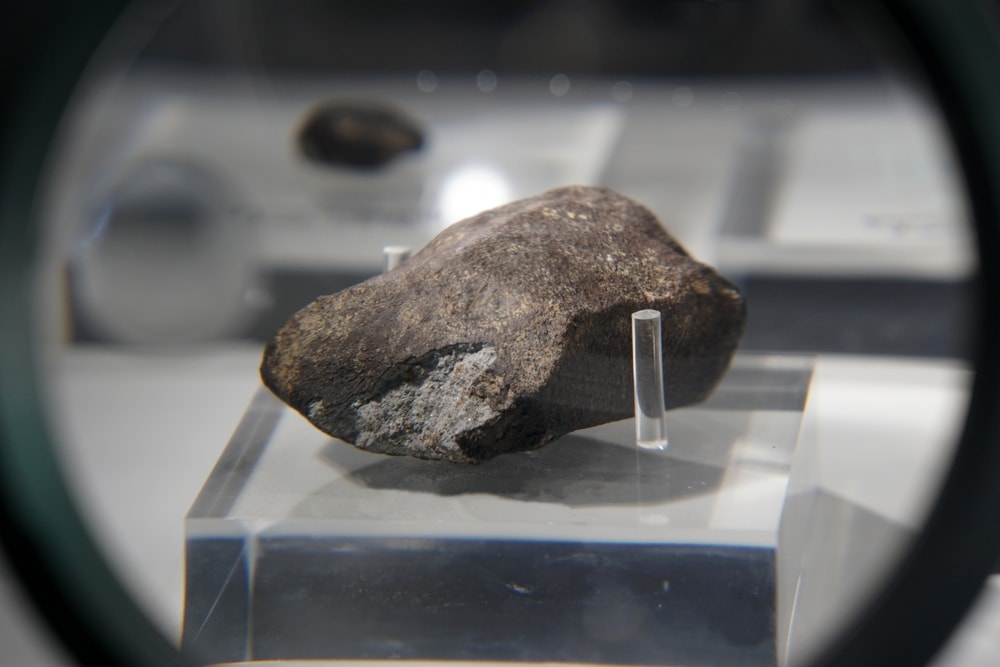
A few months after discovering a cosmic treasure, NASA faces unexpected challenges in unveiling the secrets hidden within an asteroid sample canister. In a daring space mission back in September, NASA aimed a spacecraft at asteroid Bennu, collecting a special sample of rocks and dust holding potential answers to the origin of our solar system and Earth’s formation.
The Struggle to Unlock Cosmic Mysteries
Despite the exciting prospect, the scientific team encountered a puzzling obstacle in opening the Touch-and-Go Sample Acquisition Mechanism (TAGSAM). The canister, containing rocks and dust from the depths of space, remains sealed, preventing researchers from delving into the sought-after cosmic material.
NASA’s Johnson Space Center in Houston announced on October 20 that the approach to opening the TAGSAM head had changed because of difficulties removing two of the 35 fasteners. These fasteners, crucial in accessing the rocks and dust collected in 2020, posed a unique challenge as the existing tools approved for use in the OSIRIS-REx glovebox proved ineffective.
Sample Retrieval Mission Faces Obstacles
The mission marked NASA’s inaugural attempt to retrieve a sample from an asteroid in space. The bits of Bennu were securely sealed into a container, ensuring they reached Earth uncontaminated. However, the specialized glovebox, infused with nitrogen to prevent contamination, limited the tools that could be used, intensifying the struggle to unlock the cosmic mystery.

After two months of determined efforts, the team managed to access 70.3 grams of rocks and dust from outside and inside the sample head. Remarkably surpassing the initial goal of obtaining 60 grams, this success is a glimmer of hope amid the ongoing challenge. Yet, crucial portions of the sample, estimated at 250 grams of dust and rock, remain trapped inside the canister.
NASA Accesses the Contents of the Canister
Despite the setback, early analysis of the sample unveiled an abundance of carbon and water molecules, supporting the theory that the building blocks of life may have reached Earth via asteroids. NASA temporarily halted attempts to open the canister in November and is now dedicated to developing new tools to unravel the remaining cosmic treasure.
In this astro-adventure, akin to unwrapping a Christmas present with unforeseen challenges, NASA’s pursuit of knowledge continues, offering our community a glimpse into the thrilling world of space exploration!